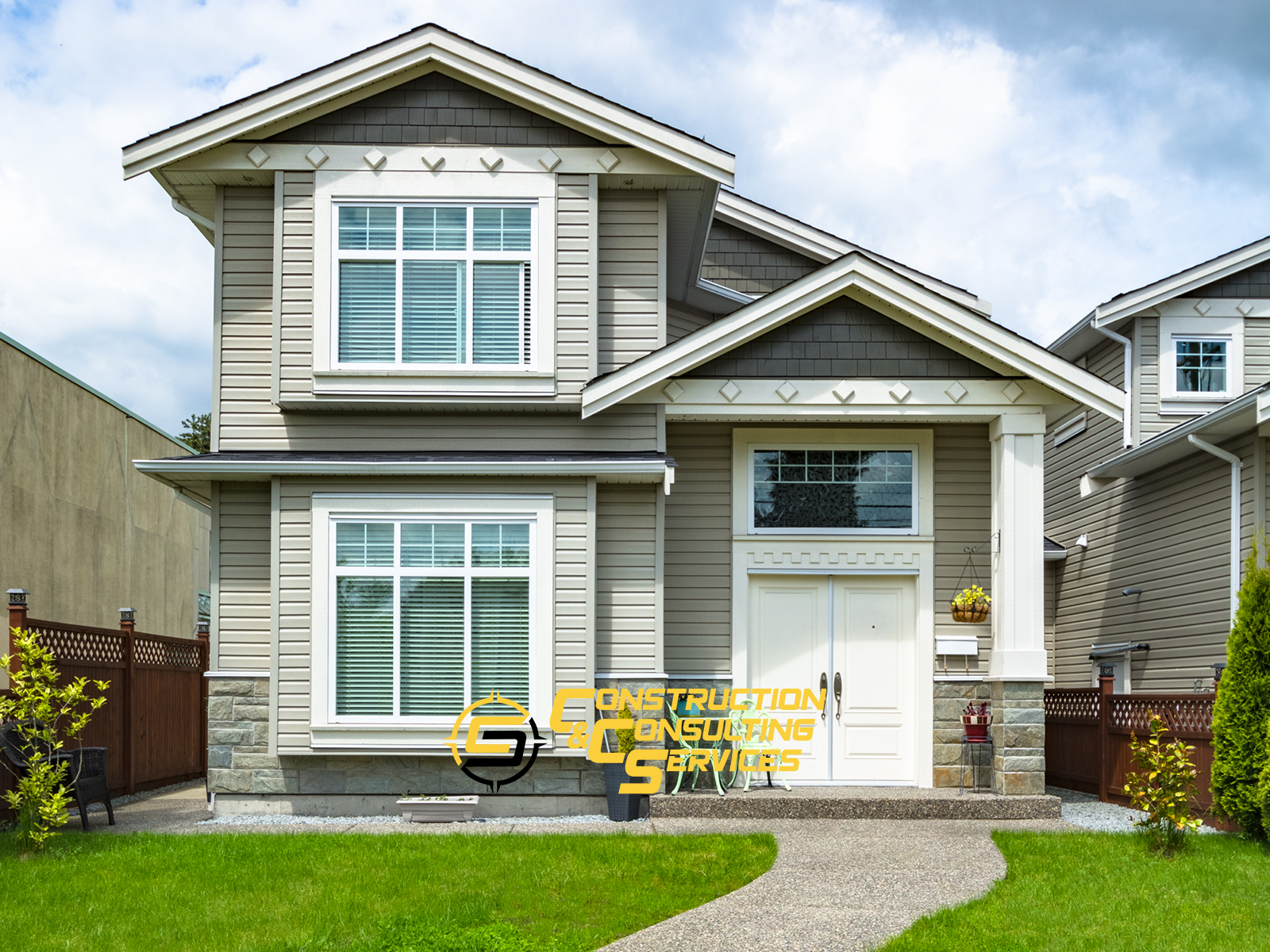The real estate landscape in California is undergoing a significant transformation, largely driven by the introduction and implementation of key Senate Bills (SBs) and Assembly Bills (ABs) related to Accessory Dwelling Units (ADUs). These legislative efforts are not only reshaping how properties are developed but also addressing the state’s ongoing housing crisis by unlocking the potential of underutilized residential spaces. In this post, we’ll explore how these laws are revolutionizing real estate in California.
 What is an ADU in California?
What is an ADU in California?
An Accessory Dwelling Unit (ADU) is a secondary housing unit on a single-family residential lot. It can be attached or detached from the primary residence and is sometimes referred to as a granny flat, in-law unit, or backyard cottage. ADUs are gaining popularity as a flexible solution for housing needs across California.
Key Senate Bills (SBs) Shaping ADU Development
- SB 1069 (2016): Paving the Way for ADU Expansion
- SB 1069 was a groundbreaking bill that set the stage for the widespread adoption of ADUs across California. It reduced parking requirements, eliminated certain utility connection fees, and streamlined the permitting process, making it easier for homeowners to add ADUs to their properties.
- SB 13 (2019): Reducing Financial Barriers
- SB 13 further enhanced the feasibility of building ADUs by limiting the impact fees that local governments could impose on these units. It also eliminated the requirement for owner-occupancy in either the main home or ADU for five years, encouraging more homeowners to build ADUs.
- SB 9 (2021): Increasing Density and Housing Supply
- While not exclusively focused on ADUs, SB 9 allows homeowners to split their lots and build up to four housing units on what were previously single-family lots. This bill significantly increases the density of residential areas, facilitating the addition of multiple ADUs on a property.
- SB 1211 (2022): Improving Accessibility in ADUs
- SB 1211 promotes the inclusion of accessibility features in ADU designs, particularly for elderly or disabled individuals. It encourages the construction of ADUs that meet specific accessibility standards, ensuring more inclusive housing options in California.
Crucial Assembly Bills (ABs) Influencing ADU Growth
- AB 68 (2019): Streamlining the Approval Process
- AB 68 was a pivotal piece of legislation that streamlined the approval process for ADUs, reducing the time local governments had to review applications. It also allowed for the construction of multiple ADUs on a single property, enabling more efficient use of residential land.
- AB 881 (2019): Strengthening State Control
- AB 881 further limited the ability of local jurisdictions to impose restrictive ADU regulations. This bill required local governments to approve ADU applications within 60 days and removed the requirement for a public hearing, expediting the approval process.
- AB 229 (2017): Clarifying Utility Fees
- AB 229 clarified that ADUs should not be subject to disproportionate utility fees, making it more affordable for homeowners to build these units by addressing concerns about additional utility connection costs.
- AB 1033 (2019): Allowing Separate Sale of ADUs
- AB 1033 permits the separate sale or conveyance of ADUs, provided certain conditions are met, including the ADU being built by a nonprofit organization. This bill gives homeowners more flexibility in managing their properties, including selling the ADU separately from the primary residence.
- AB 976 (2019): Enforcement and Penalties for ADU Violations
- AB 976 allows local governments to establish ordinances for the issuance of citations for violations of local ADU regulations. This bill helps streamline the enforcement of ADU-related laws and ensures compliance with local community standards.
The Impact on California’s Real Estate Market
The cumulative effect of these legislative changes has been profound, with ADUs becoming a central strategy for addressing the state’s housing shortage. Here’s how these laws are transforming real estate in California:
- Increased Housing Supply: By making it easier and more affordable to build ADUs, these bills have contributed to a significant increase in the state’s housing supply. This is particularly important in urban areas where space is limited, and demand for housing is high.
- Boost in Property Values: Properties with ADUs are highly sought after, often commanding higher prices due to the additional rental income potential and flexibility these units provide. As a result, homeowners who invest in building ADUs are likely to see an increase in their property’s market value.
- Diversification of Housing Options: ADUs offer a range of living arrangements, from multi-generational housing to rental units, catering to a variety of needs. This diversification helps create more vibrant and inclusive communities.
- Challenges for Local Governments: While these laws have streamlined the ADU approval process, they have also created challenges for local governments trying to balance growth with infrastructure capacity. However, the overall trend is toward greater acceptance and integration of ADUs into urban planning.
 Popular Questions About California’s ADU Laws
Popular Questions About California’s ADU Laws
1. What are the benefits of building an ADU in California?
- Building an ADU in California offers several benefits, including additional rental income, increased property value, and flexible living arrangements for extended family or guests. ADUs also contribute to addressing the housing shortage in the state.
2. How do California’s Senate and Assembly Bills impact ADU construction?
- California’s Senate and Assembly Bills have significantly eased the process of building ADUs by reducing parking requirements, streamlining permitting, and limiting fees. These laws have made it more feasible and attractive for homeowners to add ADUs to their properties.
3. What is SB 9 and how does it affect ADU development?
- SB 9 allows for lot splitting and the construction of multiple housing units on what were previously single-family lots. This bill effectively increases the density of residential areas and facilitates the addition of multiple ADUs, transforming how properties can be developed in California.
4. Are there restrictions on who can build an ADU in California?
- While the state has significantly reduced restrictions, some local jurisdictions may still have specific regulations. However, recent laws like SB 13 have limited the ability of local governments to impose strict owner-occupancy requirements, making it easier for more homeowners to build ADUs.
5. How do I know if my property is eligible for an ADU?
- Most residential properties in California are eligible for an ADU, but eligibility can depend on factors like zoning, lot size, and existing structures. Consulting with a local planning department or an ADU contractor can help you determine the feasibility of building an ADU on your property.
Conclusion
California’s Senate and Assembly Bills related to ADUs have undeniably transformed the state’s real estate market. By reducing regulatory barriers, simplifying the construction process, and encouraging higher density, these legislative efforts have unlocked the potential of ADUs to play a crucial role in addressing the housing crisis. As more homeowners take advantage of these opportunities, ADUs will continue to shape the future of housing in California, offering flexible, affordable, and sustainable solutions for generations to come.
If you’re considering adding an ADU to your property, now is the time to act. With the support of these forward-thinking laws, you can enhance your property’s value while contributing to the solution for California’s housing needs.




